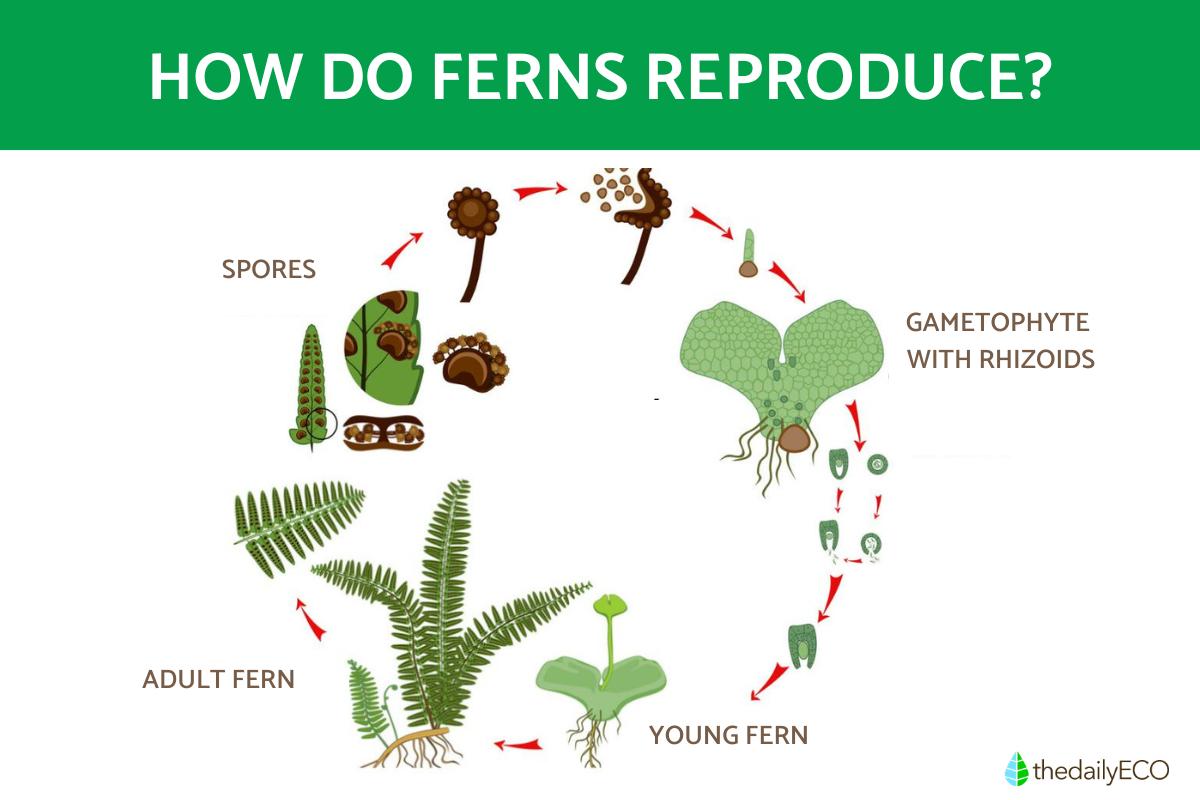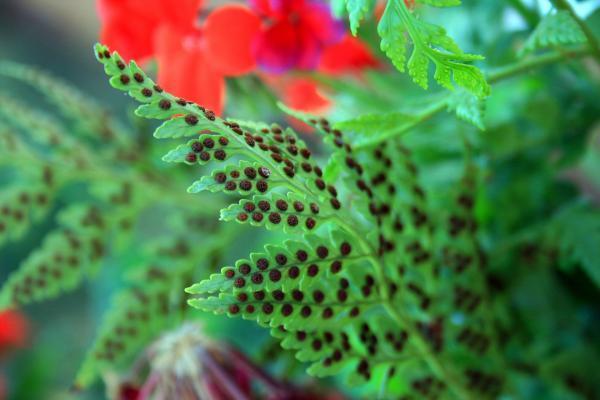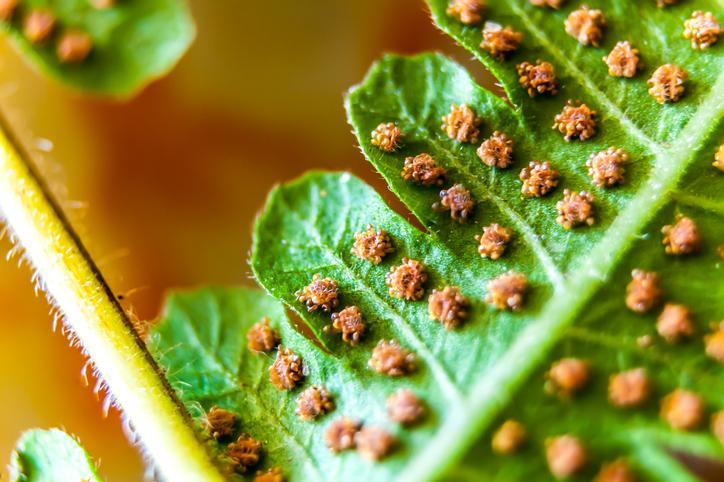How Do Ferns Reproduce?

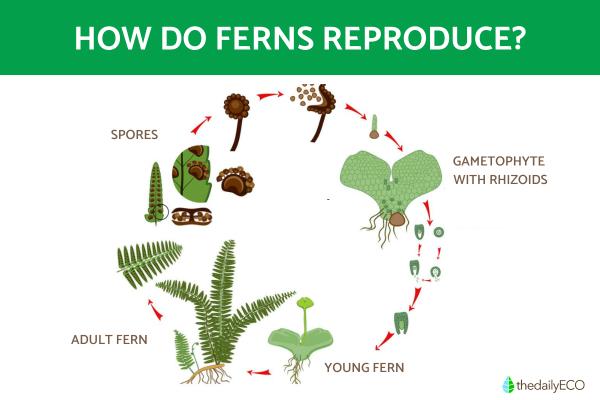
Ferns are the living fossils of our planet, some of the first inhabitants of the Earth's green world. Often grouped with other non-flowering vascular plants like horsetails and club mosses, these ancient giants once ruled the plant kingdom millions of years ago. Their reign even contributed to the vast coal forests that fuel our world today. Their long evolutionary journey has equipped ferns with fascinating reproductive strategies. Unlike flowering plants with showy blooms, ferns reproduce in unique ways, a testament to their remarkable adaptability.
This article by thedailyECO explores how ferns reproduce, as well as different methods you can take to propagate your own ferns and bring more lush greenery into your home.
How does the fern reproduce?
Unlike flowering plants, ferns have a unique and ancient reproductive strategy. They don't rely solely on one method to spread and grow, but possess a repertoire of "propagation methods" for creating new generations.
The primary method for fern reproduction involves spores. These minuscule reproductive units resemble seeds in their function, but lack the complex structures found in seeds like embryos. Released by mature ferns, these spores are incredibly lightweight and can travel long distances on wind currents. When conditions are right (moist and shaded), these spores germinate, giving rise to a new stage in the fern's life cycle. This method, dating back millions of years, has ensured the remarkable adaptability and success of ferns across diverse environments.
The fern life cycle has two distinct stages: the sporophyte and the gametophyte.
- The first stage, the sporophyte, is the most readily recognized as a fern. It's the leafy green plant gracing forests, gardens, and hanging baskets. The sporophyte produces the spores, but unlike seeds, these spores require specific conditions (moisture and shade) to develop into the next stage.
- The second stage, gametophyte, is much less conspicuous, often hidden amongst leaf litter or nestled on the forest floor. The gametophyte, typically heart-shaped, is a short-lived yet crucial player. It's responsible for sexual reproduction in ferns, producing both sperm and egg cells. Fertilization can only occur when a film of water surrounds the gametophyte, allowing the sperm to swim and meet the egg. Following successful fertilization, the resulting offspring develops into a new sporophyte, perpetuating the cycle.
Furthermore, some fern species have an additional tool in their arsenal: stolons. These are underground stems that grow outwards, eventually sprouting new fern plants at their tips. This method allows for rapid and efficient spread in favorable conditions, creating dense fern colonies.
The combination of spore dispersal for wider reach and genetic diversity, along with stolon-based rapid spread in suitable environments, allows ferns to thrive in a vast array of habitats.
Ferns also possess the ability for asexual reproduction through methods like dividing existing fern clumps. This ensures the propagation of genetically identical plants with minimal risk. However, this technique requires careful division, ensuring each portion has enough roots for successful establishment in its new environment.
Ferns have fascinating reproductive strategies, but did you know they have ancient relatives? Explore the world of club mosses, another group of spore-producing plants in our article on this topic.
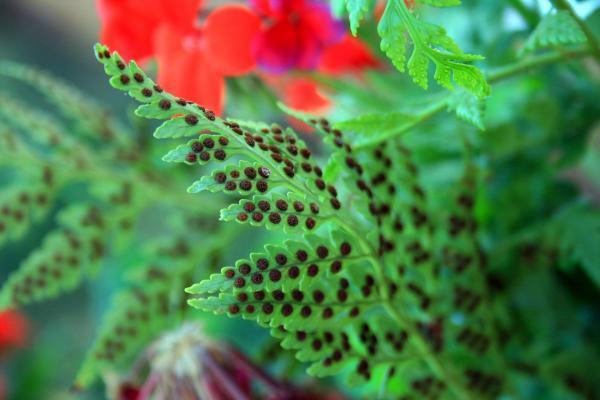
How to propagate ferns by cuttings
While most ferns reproduce via spores, certain varieties can be propagated through cuttings. Here's a step-by-step guide:
- Aim to perform this process towards the end of summer when conditions are optimal for root development. If not, replicate these conditions indoors by controlling temperature appropriately.
- Select a healthy fern and prepare the cutting. Choose a mature frond that appears healthy and green. Avoid any fronds that are yellowing, damaged, or diseased. Not all ferns respond well to propagation through cuttings. Look for varieties known to be easier to propagate this way, such as certain types of Maidenhair ferns or Sword ferns.
- Ensure it has its own root network by separating it from the rhizome. Cut a section containing at least three root nodules, preferably near the fronds emerging from the plant's rhizome.
- Immediately transfer the cutting to the desired location, whether it's a pot or directly into the ground. Cover it with soil, avoiding compacting it too much to promote drainage. Ferns require consistent watering but should not be waterlogged.
- It is best to wrap the pot loosely with clear plastic or place it in a terrarium to create a humid environment. This will help the cutting retain moisture and encourage root development.
- Consider using specialized fertilizers or rooting agents to boost growth and development if necessary. These additives can provide essential nutrients and encourage robust root establishment.
It is interesting to note that propagating ferns through cuttings is an asexual method, meaning it creates new fern plants that are genetically identical to the parent plant. While not impossible, it's generally less successful than spore reproduction and requires more care and attention.
Ferns aren't the only spore stars! Delve deeper into the world of plants that reproduce without flowers in our article on cryptogamic plants.
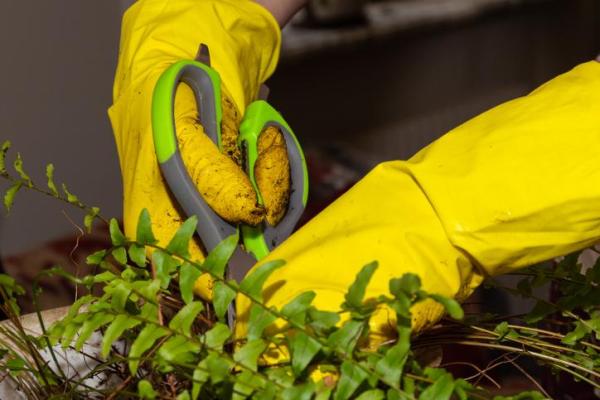
How to propagate ferns by stolons
This method of fern propagation is typically a simpler and more successful method compared to cuttings. To do it, follow these steps:
- Look for the mature fern's base. Runners are horizontal, slender stems that grow outwards from the main plant. They might have small, developing fronds (fern leaves) at their tips.
- Select a healthy runner that's at least a few inches long and has a visible node (a bump where roots can develop) at the tip. Avoid runners that are brown or withered.
- Fill a pot with drainage holes with a well-draining potting mix suitable for ferns. Moisten the mix slightly but avoid soaking it.
- If the runner isn't already detached from the main plant, you can carefully separate it using a sharp, sterilized knife or pruners. Make a clean cut just behind a node on the runner.
- Gently position the runner tip (with the node) on top of the potting mix in the new pot. You can lightly press the node area into the mix to ensure good contact.
- Water the pot thoroughly to settle the soil and moisten the mix. Place the pot in a location with bright, indirect light. Ferns generally prefer consistent moisture, so keep the soil damp but not soggy. You can check the moisture by sticking your finger into the potting mix. It should feel slightly moist, but not wet.
You should see new growth emerge from the node of the runner within a few weeks. Once the new fern plant establishes itself with good root development and several fronds, you can gradually acclimate it to lower humidity if needed.
How to propagate ferns by spores
To propagate ferns using spores, follow these steps carefully to mimic nature's process and achieve successful results at home:
- Gently gather the yellow, orange, or reddish powder found on the underside of fern leaves. Ensure to collect it when the small capsule containing the spores has turned dark, indicating maturity. In other words, choose a healthy fern with mature sporangia that appear dry and ready to release spores.
- Use a mineral-rich soil or a universal substrate in a container. The soil should be moist but not overly compacted.
- Evenly distribute the collected spores over the soil surface. There's no need to bury the spores deeply. Then, water the container generously to ensure the spores settle into the soil. Avoid tap water as it might contain minerals that harm spores.
- Cover the container to prevent spores from dispersing due to wind and maintain high humidity levels. Water the container multiple times a day in small amounts to keep the soil consistently moist. Also, place the container in a brightly lit location with indirect sunlight. Avoid direct sunlight, which can dry out the spores.
Be prepared for a waiting period, as it may take several months for the spores to germinate and develop into visible ferns. Look for tiny green structures called prothalli emerging from the medium. These are the early gametophyte stages of the fern.
Keep in mind that spring and summer are generally considered the best times for sowing fern spores due to warmer temperatures and longer daylight hours. While spore propagation can be rewarding, it's also the most time-consuming method.
Intrigued by the fascinating world of fern spores? Delve deeper into the science of spore production in our article on sporulation in biology.

If you want to read similar articles to How Do Ferns Reproduce?, we recommend you visit our Biology category.





